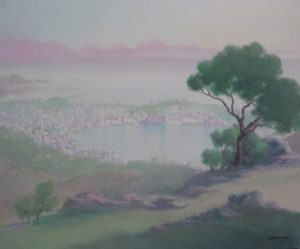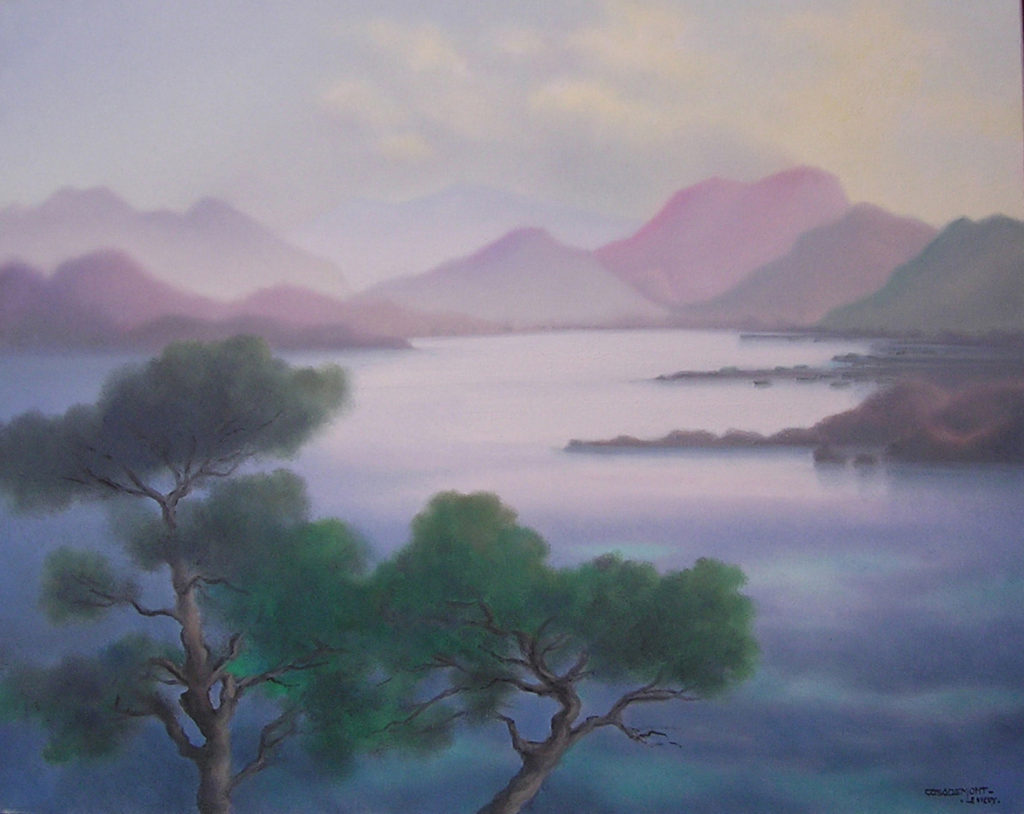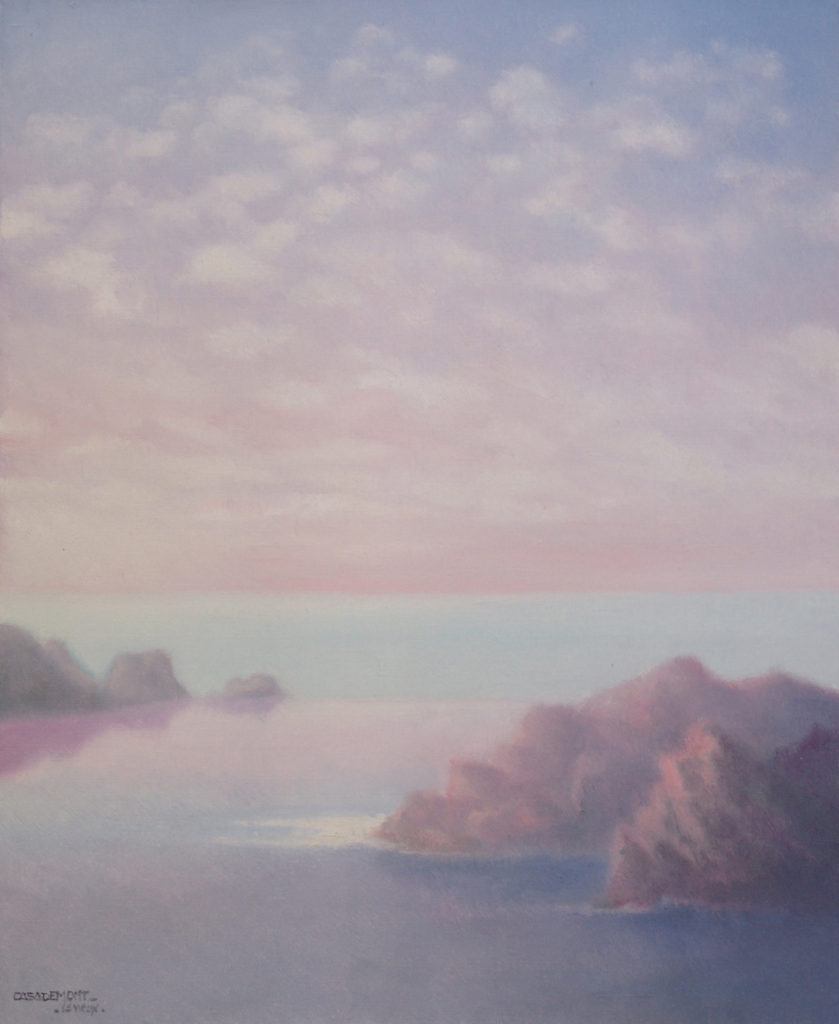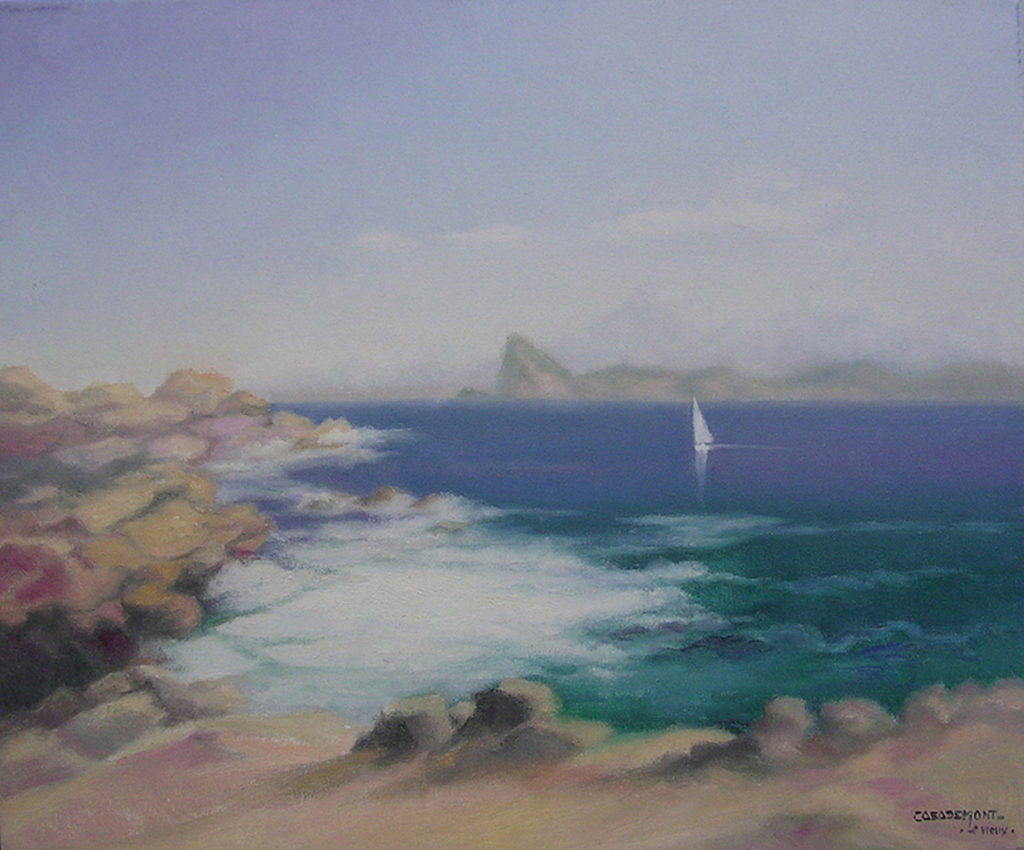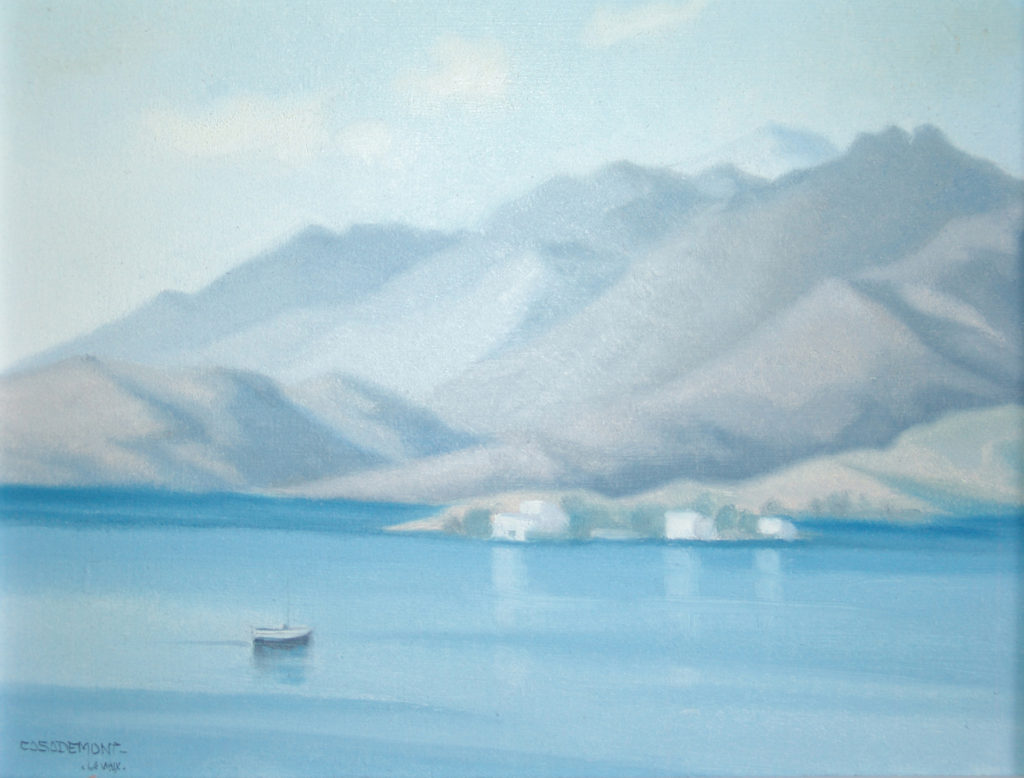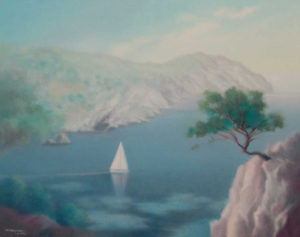BARCELONA, 1923 – GIRONA, 2007 Casademont -Le Vieux-
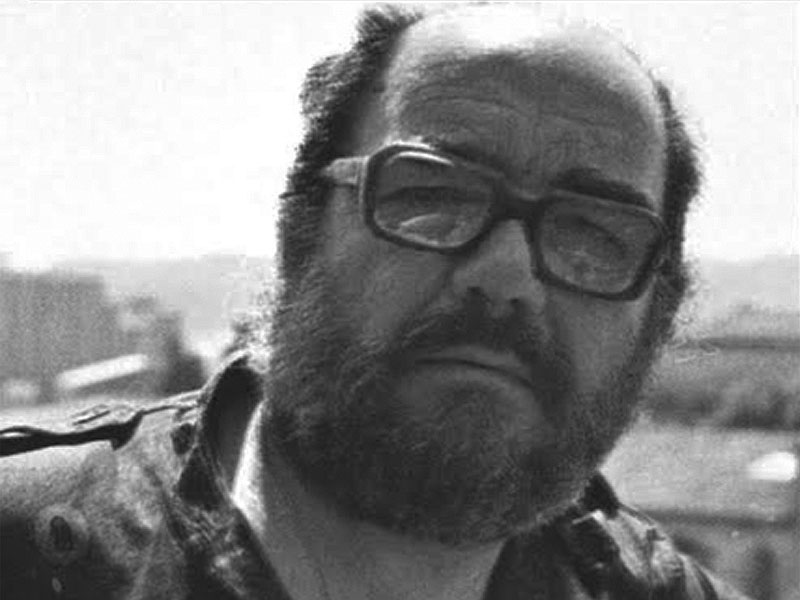
Casademont has a very personal work of austere palette and very rich in nuances, reflecting the landscape, in its broadest sense.
Closely linked to the Empordà, he knew these places by hand, and over the years he shaped a large part of his work.
BIOGRAPHY
Francesc d’Asís Casademont i Pou was born in Barcelona on November 14, 1923 in a family originally from Figueres but part of the small bourgeoisie of Barcelona.
It was his father who introduced him to the knowledge and love of art so that once he finished high school, he encouraged him to move to Estartit to paint from nature. It was the summer of 1939, the year he met Joaquín Mir.
Despite the firmness of his vocation, he agreed to study the Industrial Engineering career – the planned future dedication to the family business required it. He studied at the French Institute of Barcelona (where in 1949-50 he held an exhibition of painting and drawing) and in Llotja, although in an irregular manner. At this time he met and treated the sculptor Carles Collet, from whom he learned not only theoretical concepts but also the practical and fundamental aspects of techniques as diverse as sculpture, ceramics, enamel and engraving.
On the occasion of the foundation of the Circle, he came into contact with the nucleus of artists who frequented him, an experience that would be decisive in his formative process. Accept the advice of the sculptor Claude Collet and meet Josep Maria de Sucre.
After the death of his father, Casademont will continue with the father’s company which will force him to renounce a scholarship granted by the Maillol Circle, consisting of a stay in Paris. Later she founds a home marrying Mariàngels Mercader and Camps with whom she will have her two children: Francesc and Berta. His part of artist Portra to dedicate himself to the adventure of art. Before, however, he goes through an era of educator and engraver. He entered the Viaró school as a plastic and painting teacher; He also teaches at the School of Decoration. In the first, create the Art Department. For the second, he writes a History of furniture styles that is incorporated into his chair. Casademont writes the text of El viejo almendro, an educational story illustrated with the paintings of his students. In this stage he works with Xavier Figueras for the Spanish Magisterium S.A. publishing house, developing the Colibrí and Yunque collections, which makes a total of eleven volumes.
His fame becomes international in exposing, in 1953, in the Artistic Circle of Bordeaux. You can also find his name among those from the collection of engravers that in 1957 leads to the Museo Galliera in Paris, the Rosa Vera collects. One year later he won the first engraving prize at the Autumn Salon of the city of Mallorca. In 1960 he won the first engraving medal in the V International Exhibition of Lugano. In 1961 he won the first woodcut prize of the II Bienale della incisione, to fish, Italy. In 1969 he won the first engraving prize at the XIV Girona Art Competition, nationally.
The orders for the selected editions and of bibliophiles follow one another. We note its presence in the books Twelve urban landscapes of Barcelona, in the Rosa Vera collection, Sol de España (1967-68), to the Nature editions, and Sombras te Lumières (1965) to the Meddens editions, in Belgium.
Casademont will live intensely the world of art from the year 1961. It appears in the catalogs of the Salon de Mayo (1962, 1967, 1968). In 1967 he carried out the first exhibition that we can call professional and that will have as a frame the Pinacoteca. A stage of constant travel begins. It will be installed in Paris, sharing housing with the also painter Xavier Valls. It is related to the Catalan artists who come to France to breathe a different air. He will paint and make exhibitions in Honfleur, Normandy, London, Austria … Visit museums in Germany, travel through Africa and fall in love with the light of New York. It does not forget Spain nor the Castilian plain in the same way that it crosses the Pyrenees. All this range of images and sensations will be reflected in their fabrics.
Years later he will leave Barcelona, to move to Sant Cugat del Vallès. From this time it becomes a period dominated by geometric shapes and cubistitzants. He will soon march to the Empordà and will settle down with his family in Cadaqués where he will live seventeen years. From this stage we can highlight the exhibition held at the Blondel gallery titled Cadaqués seen again. Later he will definitely move to a house a few kilometers from La Bisbal.
Since then there are more than numerous exhibitions held both individually and collectively in the main art galleries of our country and abroad. Internationally, he has exhibited in Europe: Paris, London, Berlin, Rome, Düsseldorf, Vienna, Basel, Zurich … in America: Washington, Los Angeles, New York, San Francisco … in Asia: Tokyo and Taiwan.
We can see his works in museums, among others, in the Museum of Modern Art in Barcelona, in the Louvre Museum -Gavinet December Étampes- Paris, in the Dalí Museum of Florida, in the National Museum of Graz, in the Museum -The Monastery of Montserrat Museum …
Numerous is, also, the bibliography and the filmography around his person and work: Gran Enciclopedia Catalana, 1969; Two centuries of Catalan painting for J.M.Garrut, 1974; Contemporary Catalan art by Alexandre Cirici, 1977; The analytical luminosity of Casademont by Julio Trenas, 1977; Presence: figure and landscape by F. Galí, 1979; One hundred years of painting in Cadaqués for J.J.Tharrats, 1981; Contemporary painting in Mallorca by Gaspar Sabater, 1982; Il lirismo by Francesco Casademont by Enrico Bellarò, 1984 … Among the films: Casademont in Cadaqués, Tecnicine. Dir. J. Boch, 1978 -Documental Figaro Films- and Casademont Le Vieux. Video Services, Empordà, 1986.
Among the distinctions that have been awarded include the Gold Medal in the Hall of the Hotel de Ville de Vichy, the Honorary President in the Academie du Vernet, the adopted son of the State of Styria in Graz (Austria) and highlight , especially, that in 1994 the Generalitat of Catalonia awarded the Cross of Sant Jordi and is named Academician of the Royal Academy of Fine Arts of Sant Jordi de Barcelona.
Casademont, independently of being a painter, has cultivated, as already mentioned, engraving as well as design and ceramics. He has always felt lletraferit. His ability to write has led to major events. He has published the books: Pirineo, two editions, 1947, with text and illustrations in woodcut; El Sol de España, 2 editions in Catalan and Spanish, Ed.Nauta, 1966; The child’s great book, photographs, Ed. Nauta, 1968; Hummingbird and Yunque (already mentioned), 11 volumes of pedagogy with the cooperation of Xavier Figueras. Ed. Magisterio Español, 1971-1972; Sono Primo -poemari from the anima 1998-1999.
Available works
CASADEMONT -LE VIEUX-
“CENTENARY 1923-2023”
